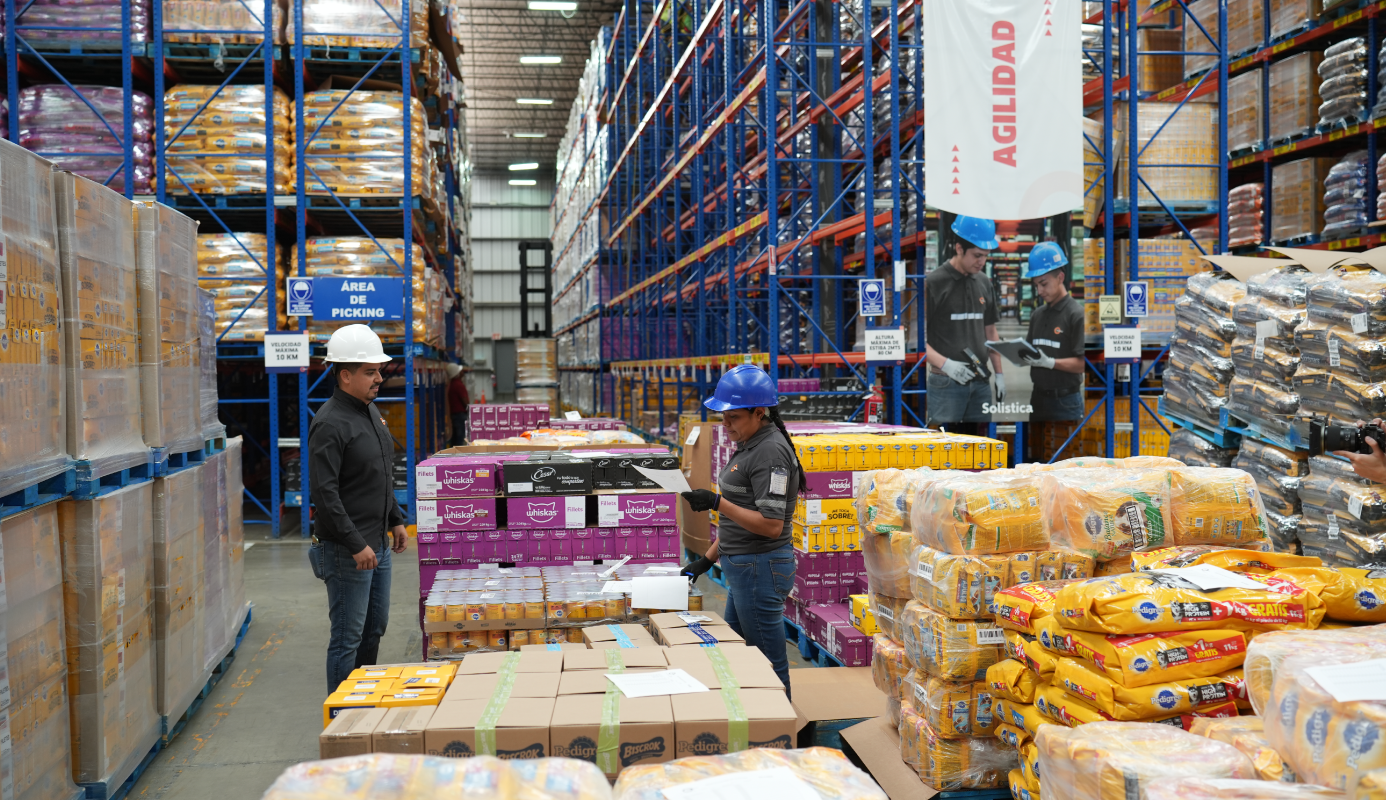The priority for manufacturers and wholesalers these days should be focusing on digital transformation and embracing technology to help improve their efficiency in the short- and long-terms and be more competitive in the market.
The supply chain of this new decade must consider technology as its main resource to increase efforts, solve commercial issues, make the best out of new opportunities, create brands based on the experience of customers, and plan the operations in advance.
On a global scale, the technological solutions of next-generation or 5.0 logistics — especially Artificial Intelligence, Machine Learning, the Internet of Things, and Blockchain — are helping supply chains become smarter, faster, more sustainable, and more intensely focused on customers.
Predictions for this decade[i]
The logistics of the next ten years is mainly characterized by these predictions:
Prediction 1:
Half of the supply chains in the United States’ manufacturing sector are expected to invest in Artificial Intelligence by the last days of 2021; this will make their processes more efficient.
Prediction 2:
By 2022, US companies will set aside 35% of their logistics services’ budget to process automation, mainly order tracking, inventory, and shipping processes.
Prediction 3:
By 2023, the micro applications of the supply chain will represent a third of the investments made in technology by manufacturers and retailers in the USA.
Prediction 4:
By 2023, 65% of the warehousing activities in American companies are expected to use robots and data analysis to increase their capacity and lower the time it takes to process orders.
Prediction 5:
In addition, 25% of manufacturers in the USA will be using blockchain to get spare parts, improve the precision of parts, and lower shipping costs by 45% in 2023.
Prediction 6:
Meanwhile, 60% of G2000 manufacturers are expected to invest in the automation of robotic processes with artificial intelligence in 2023, thus addressing the deficit of skills in the supply chain.
Prediction 7:
By 2024, 75% of American companies that focus on customers will have developed the ability to customize their supply chains, which will increase their market share.
Even if these predictions aren’t quite specific, they do give an idea of what logistics may experience in the next few years.
As you can see, companies are starting to see logistics not just as a process to deliver products but also as a marketing process. The technologies that allow us to retain and meet the needs of customers will be the most used in this decade; in other words, technologies that offer the following functions:
- Building brands based on customer experience. Besides thinking of operations, companies will need to understand marketing and customer service; they shall prioritize customer experience through branding, speed of delivery, visibility, and clarity.
- Digitizing and integrating the supply chain. This includes communication, documentation, analysis, order processes, and inventory management.
- Working with suppliers and partners in the same platform, which will make real-time collaboration easier.
- Automating the documentation process by investing on specific systems for this function.
- Using metrics, analysis, key performance indicators, and the suggestions made by artificial intelligence to predict purchasing patterns, identifying drivers, and estimating delivery times. Only when all data is in place can we see the real metrics.
- Using blockchain technology as a unified platform to track shipments from end to end with clarity; in this way, freight companies, ports, logistics companies, and brokers share a single site to update their statuses.
- Investing in infrastructure and training to increase productivity and eliminate maintenance.
- Implementing green logistics that integrates sustainability techniques into the overall strategy. This well help not only the environment but also corporate goodwill, lower the costs of the supply chain, and increase customer loyalty. These are some strategies used for green logistics:
- Using hybrid or electric vehicles, or else, vehicles with propulsion systems different than diesel, such as liquid natural gas.
- Using route optimization systems that provide information on cargoes and carbon footprint.
- Optimizing transportation via intermodal transportation strategies, reverse logistics, and backhauling.
- Using photovoltaic cells and other renewable energy systems in logistics centers.
- Buying raw materials and components from local suppliers to minimize shipping distance.
- Assessing the environmental performance of suppliers.
Even though artificial intelligence may allow for better decision making, the internet of things disclose previously unknown data, and blockchain yields more trustworthy information, as long as the data is not used efficiently and integrated into the supply chain, the results will not be the best possible.
To achieve this, companies may hire logistics companies like Solistica, who shares the philosophy of placing customers at the center of goals and logistics operations.
[i] According to IDC, a market research and consulting firm
.






